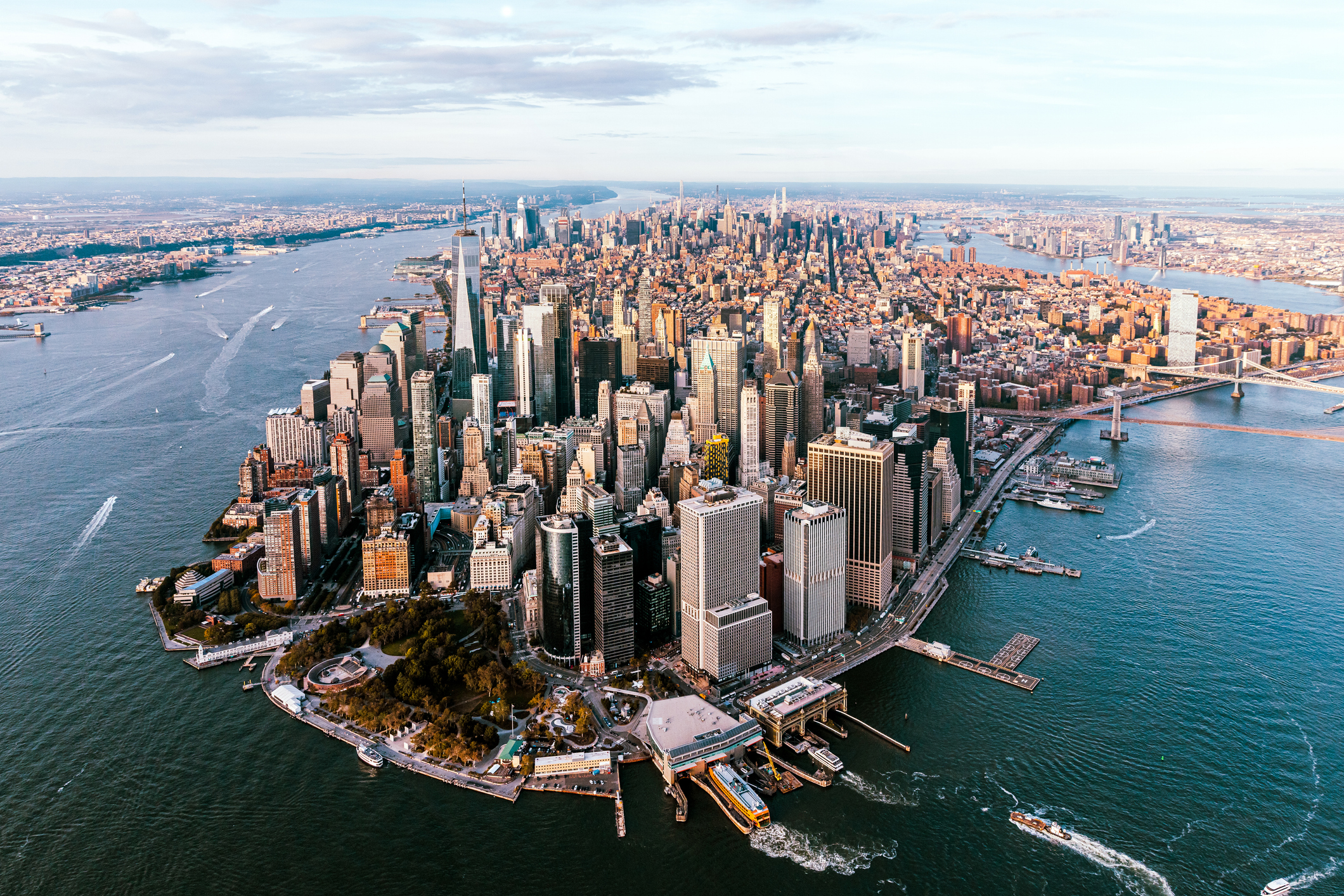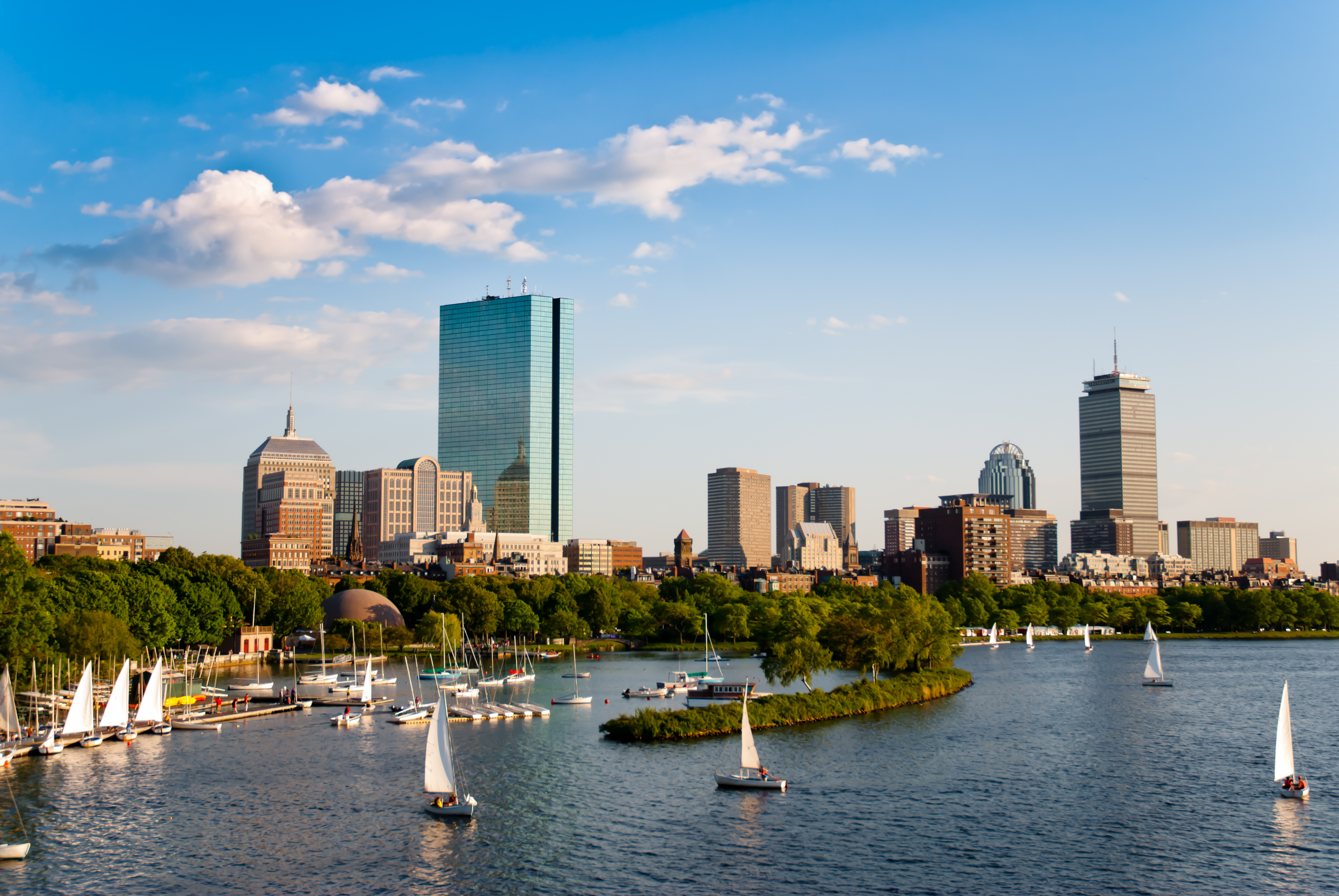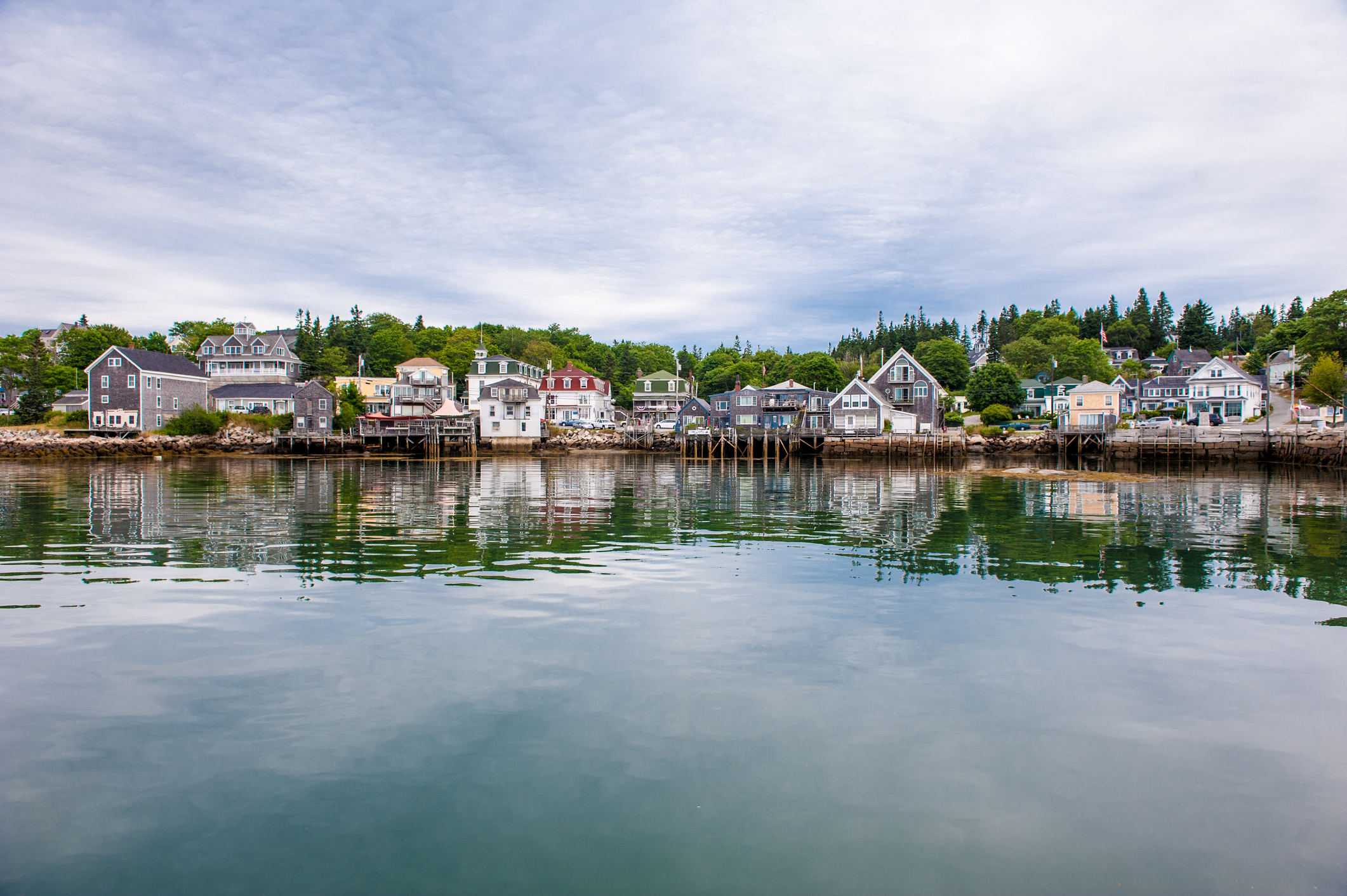
Livable cities and resilient communities prioritize the well-being of their residents. But what makes one city livable and another not, and is there something we can learn from them to improve other cities around the U.S.?
AARP has been trying to answer those questions since 2015, with annual reports showcasing the most livable cities, towns, and communities nationwide. The AARP Livability Index™ explores the top communities for key services and amenities.
The study showcases cities and towns that score well on its index of 61 different indicators. The best communities provide opportunities for a high quality of life, a strong economy, and a clean environment, as well as world-class communities that support their schools, parks, recreational opportunities, and other public spaces.
"Urban populations are growing rapidly, and cities are grappling with the effects of climate change, social isolation, and rising mental health issues," said Tye Farrow, a globally recognized architect and author of "Constructing Health: How the Built Environment Enhances Your Mind’s Health.
"As we rethink the future of our cities, we must remember that livability isn’t a luxury — it’s essential for long-term sustainability and resilience. A livable city creates a framework for individuals to thrive, not just exist, and sets the stage for healthier, happier communities for generations to come."
Livable cities by size
Here, we’ve listed the top 10 communities by population, following the AARP report. The lists are broken down into "extra large" cities (population over 500,000), "large" (100,000-499,999), "mid-size" (25,000-99,000) and "small" (5,000-24,999).
Each neighborhood, city, county or state was scored on a scale from 0 to 100. Those communities with more livability-friendly practices earned a score above 50 and those facing obstacles to livability scored lower.
Extra large communities (over 500K)

Large communities (100K - 499.99K)

Mid-size (25,000 - 99,000)

Small (5,000 - 24,999)

Digging into the results
Overall, smaller communities ranked a bit higher on the AARP Livability Study than larger cities and towns.
Although many of these communities may not offer the entertainment, shopping and recreational opportunities of a big city, smaller towns may provide a sweet spot for connecting into the community. They also tend to provide abundant green spaces and the chance to get outdoors, and most have low crime rates.
Additionally, the best communities tend to cluster together, regardless of size. Several of the top 10 small communities on AARP's list are near big cities, providing access to big-city life without the hassle. These "urbanish" small towns are near extra-large communities that also score well on the Livability Index.
For example, the top-rated Great Neck Plaza, New York, is less than an hour's drive from New York, NY. So are mid- and large-sized Fairview, Cliffside Park, Fort Lee, Bergenfield, West New York and Union City, New Jersey. Kiplinger digital managing editor Alexandra Svokos grew up around those towns in New Jersey and can attest to their livability.
"The infrastructure is there to keep people moving, including with public transportation, and nearly every town has a great, walkable downtown area with restaurants vying to compete with New York City," she said. "Plus, even though we grumble about them, we're proud of the fact that our higher taxes mean better services, including great public education and local parks."
Other clusters include the Boston, Massachusetts area (Cambridge, Sommerville, Brookline County) and Northern Virginia (Falls Church, Fairfax County, Arlington County, Alexandria) outside of Washington, D.C. Similarly, the small town of Takoma Park abuts giant Montgomery County, Maryland.
"Livable cities focus on what matters for everyone, especially as populations age. Think easy mode of transportation through reliable public transit, so not everyone has to rely on cars," Aaron Cirksena, founder and CEO at MDRN Capital, added.
"Efficient access to health services is important too. Safe public spaces also play an important role not just for families with kids but for everyone. The main thing everyone thinks of is affordable housing, which also promotes long-term stay."
What makes a town or city livable?
For the AARP Livable Study, every community and neighborhood in the U.S. was measured for the key amenities and services that affect the quality of life for people of all ages in the areas of housing, transportation, neighborhood, health, environment, social and civic engagement, and educational and economic opportunity.







